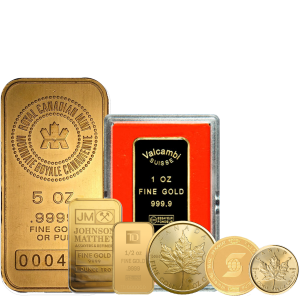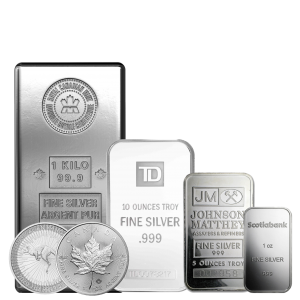

Roosevelt Dime (1946 to 1964)


Image Courtesy of Professional Coin Grading Service (PCGS.com)
Overview
After World War II, the Roosevelt Dime became an instant hit in the United States. These days, the coins are highly valued for the silver they contain. The Roosevelt Dime was created as a permanent tribute to President Franklin D. Roosevelt, who is widely considered to be one of the most beloved presidents in U.S. history. Collectors are looking for the few coins that have been kept in great shape.
After President Roosevelt passed away in April of 1945, the United States Mint attempted to pay tribute to him by redesigning the five-dollar bill. Because Roosevelt had played a significant role in the fight against polio, and because the dime was linked with the March of Dimes campaign, which generated funding for polio research, the pick seemed appropriate. A new design was commissioned by the Treasury Department in a short amount of time, and John R. Sinnock, who is the Chief Engraver of the United States Mint, was chosen to design the coin.
Design- • A portrait of Franklin D. Roosevelt is featured on the obverse of the Roosevelt dime. The words "LIBERTY" are inscribed to the left of the portrait, while the words "IN GOD WE TRUST" are written below the portrait. The underside of the coin displays the year that it was minted.
- • A torch is displayed on the reverse side of the coin, which is surrounded by two branches: an olive branch on the left and an oak branch on the right. These branches represent freedom, peace, and strength. Within the design, the phrase "E PLURIBUS UNUM" is positioned in the middle of the design.
They were designed by John R. Sinnock, whose initials "JS" appear below the point of Roosevelt's bust on the obverse of the coins (which subsequently led to the rumour that "JS" were the initials of Joseph Stalin, the Communist leader of Russia). The designs were created by John R. Sinnock. In 1964, the final year that dimes were produced in silver, dimes blanks were manufactured of copper-nickel over a copper core beginning in 1965. Dimes were only minted in silver until 1964.
A portrait of Franklin D. Roosevelt is featured on the obverse of the Roosevelt dime. The words "LIBERTY" are inscribed to the left of the portrait, while the words "IN GOD WE TRUST" are written below the portrait. The underside of the coin displays the year that it was minted. A torch is displayed on the reverse side of the coin, which is surrounded by two branches: an olive branch on the left and an oak branch on the right. These branches represent freedom, peace, and strength. Within the design, the phrase "E PLURIBUS UNUM" is positioned in the middle of the design.
Collecting Roosevelt DimesAn almost universal reality of Roosevelt Dimes is that any collector will want to obtain the coin in outstanding condition. This is the case regardless of the type of Roosevelt Dime. As far as the official coin grading system is concerned, the pieces that are the most desirable by collectors are the ones that have not been circulated. Because of their aesthetically pleasing look, the pieces that were nearly immediately placed under lock and key after minting are extremely sought after.
- • There are a few issues in the series that have a smaller mintage than the 1949-S.
- • The 1950 Proof Dime is a prized specimen since there were only a limited number of them produced.
- • When it comes to 1960-D small date and large date types, collectors who are looking for completeness will find that these varieties provide a particular challenge.
- • The final silver dime issued before the switch to clad currency was the 1964-D.








